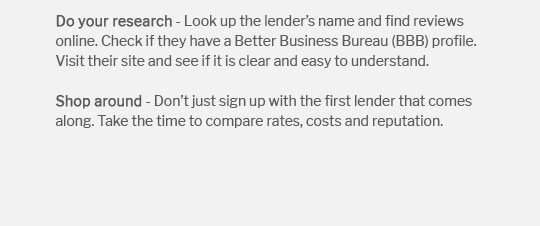 |
|||
 |
 |
 |
||
|---|---|---|
 |
||
 |
||
 |
||
 |
||
 |
 |
 |
 |
The Best Ways to Refinance Home: Strategies for SuccessRefinancing your home can be a strategic move to reduce monthly payments, lower interest rates, or access home equity. With multiple options available, it’s crucial to understand each method's benefits and drawbacks. Understanding Refinancing BasicsBefore diving into refinancing options, it’s essential to grasp the basics. Refinancing involves replacing your current mortgage with a new one, often to take advantage of better terms. Reasons to Refinance
Types of Refinancing OptionsRate and Term RefinanceThis is the most common refinancing option where the goal is to obtain a lower interest rate or change the loan term. It’s ideal for those looking to reduce payments without altering the principal balance. Cash-Out RefinanceFor homeowners with significant equity, a cash out refinance or home equity option allows borrowing against the home’s value. This option is beneficial for funding major expenses like renovations or debt consolidation. Streamline RefinanceOffered for FHA, VA, and USDA loans, streamline refinancing simplifies the process by reducing paperwork and often eliminating the need for an appraisal. It’s an excellent option for those with existing government-backed loans. Steps to a Successful Refinance
It’s crucial to understand that refinancing isn’t a one-size-fits-all solution. Exploring options such as whether you can you refinance your house twice can open more strategic opportunities. FAQWhat is the best time to refinance a home?The best time to refinance is when you can secure a lower interest rate than your current one, and when you plan to stay in your home long enough to recoup the closing costs through monthly savings. How does a cash-out refinance affect my home equity?A cash-out refinance reduces your home equity because you borrow against it, increasing your mortgage balance. However, it can provide liquid cash for other needs. Can I refinance with bad credit?Refinancing with bad credit is challenging but possible. Some lenders offer options for those with lower credit scores, though terms might not be as favorable. https://sorted.org.nz/guides/home-buying/how-to-refinance-your-mortgage/
Shop around for the best mortgage rates and compare. - Call your bank and ask them to email your break fee. - Calculate whether you're better off by refinancing. https://themortgagereports.com/22271/best-way-to-refinance-avoid-6-mistakes
Refinancing works best when your new mortgage accomplishes a goal such as shortening your loan term, lowering your monthly payment, tapping equity, or getting ... https://www.rocketmortgage.com/learn/types-of-refinance
Cash-Out Refinance. A cash-out refinance lets you take advantage of the equity you've built in your home. With a cash-out refinance, you ...
|
|---|